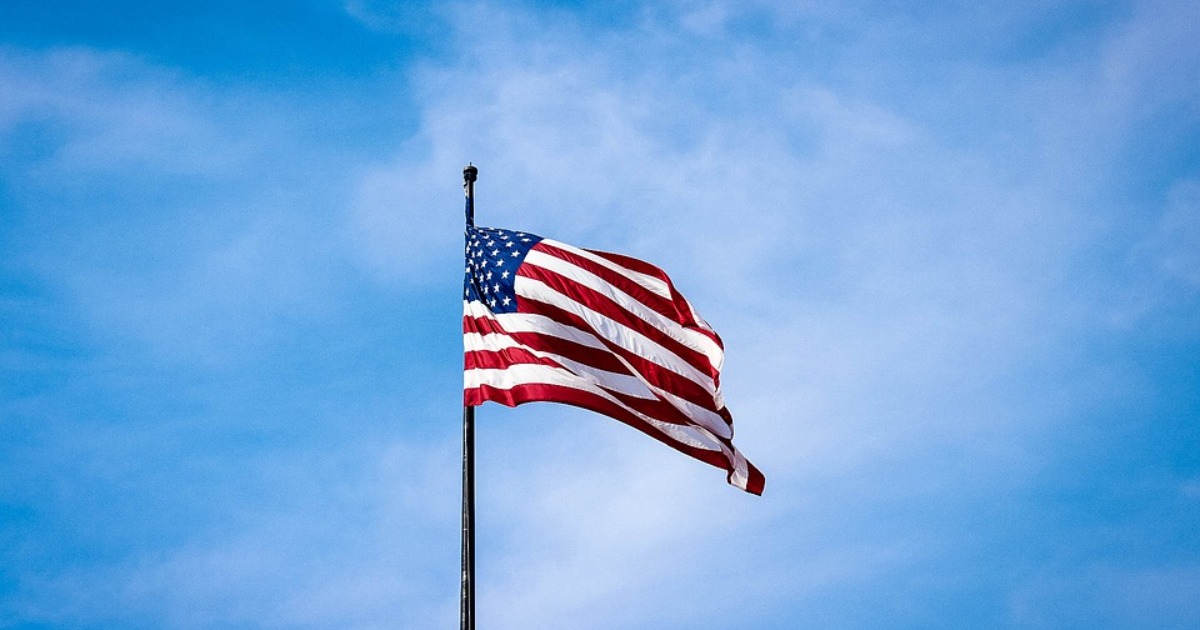Milling Around at Starbucks: An Open Letter to Howard Schultz
What needs to be done to reverse Starbucks' declining business fortunes?
June 20, 2008
To his credit, Howard Schultz — the founder of Starbucks — 37 years ago did much to improve urban structures in U.S. cities by establishing a chain of zones of respite while usually imbibing an espresso-based coffee.
Theretofore, hanging around in such public spaces often required eating meals, which could be bad for one’s waistline.
And also to Schultz’s credit, the quality of the product he offered was a pleasant departure from the previous standard throughout much of the United States — pitch-black mugs of dishwater masquerading as “coffee.”
And yet, now the glitz is off. In part, this is the consequence of more competition, market saturation — and a wearing off of the novelty factor.
While Mr. Schultz and his team look for the answer in diving new mix formulas for coffee preparations, and branching out to juices, the real question is whether such tinkering will do anything meaningful to improve matters.
It all smacks a bit of rearranging the deck chairs — well, not of the proverbial Titanic — but definitely that of a listing river boat whose once elegant and dynamic movements are but a faint memory of the past.
Let’s look at the real problem from the most crucial vantage point — that of the customer experience. Just last Saturday, I met a friend at my local Starbucks. Given the mid-day, mid-summer heat, I ordered an iced latte.
I was quite happy to walk into the store — but not because of its customary over-air-conditioning (a practice not exactly in line with the brand global consciousness appeal, never mind its bottom line, at a time of rising energy costs and concerns about global warming).
No, the reason for my temporary moment of happiness was to see that there was not real line in the store — and plenty of Starbucks staff behind the counter. In fact, I counted five of them.
But my hope — or rather, customer expectation — that, for once in a blue moon, I would get my iced latte served up quickly, I was sorely disappointed soon enough.
As it turned out, the only thing the Starbucks staff is really good at is to take your money. As soon as that step has been completed, a customer turns into a sitting duck.
While the cashier called out the order, nothing really happened. The one brew maker behind the Espresso machine was meandering around concocting some kind of laborious non-coffee preparation.
The other three staff were milling around, two of them talking to each other, the other one glacially going about some other business. Whatever they did, no one moved to do what they are there for — serving the customer by assembling the brew that was ordered.
Perhaps it’s all rooted in an almost cynical calculation that, once you have paid up, no customer is going to walk out for lack of speedy service.
Mr. Schultz, who has been making noises for years about setting up shop in Italy, and who has done market research there already eons ago, should go on another trip to Italy.
The purpose of the voyage, however, would not be to launch an Italian Starbucks chain, but to reacquaint himself with the essential value of the espresso business — great coffee served up with great speed.
If you have ever been in an Italian espresso bar, you will recall the essential experience: Even if you are a complete stranger, the moment you walk into the store, the barista behind the counter will establish eye contact — and ask straight what coffee you would like. Right away, the barista goes his or her business — and in less than a minute after you have walked in, the espresso is served up.
No, this is not a dream. It’s an everyday reality for any self-respecting barista in Italy, while at my U.S. Starbucks, it remains an elusive American dream.
It gets worse, though. While one waits around, there is nothing to do. The idea to use the forced-upon milling period to engage in a merchandising experience has become flat-footed long ago. The novelty effect of coffee mugs with a Starbucks label has worn off half a decade ago.
While coffee is supposed to stimulate the mind, Starbucks does nothing in this global era to stimulate the customers’ minds while they are forced to wait — whether due to understaffing behind the counter or, as was my experience last weekend, listlessness of abundant staff.
There are plenty of creative options to improve the customer experience at local Starbucks — plus the urgent need to get the basic things right, mostly improving on delivery speed.
Futzing around with non-basics — by creating more whipped cream caramel hazelnut honey monsters (or whatever else) — will do nothing to rectify a listing ship. Getting back to basics, however, just might.
Unless Mr. Schultz gets this done, he seriously needs to worry that his brand will become famous for having risen — and declined — in line with the image of the United States itself, up in the Clinton years, and down in the Bush ones. (That is not a political remark, but merely a statistical coincidence.)
One final note of caution: Getting the customer experience right, at long last, will not do wonders for the stock price. But at least it will do its part to keep the ship from listing any further.
Takeaways
There are plenty of creative options to improve the customer experience at local Starbucks — plus the urgent need to get the basic things right.
Now the glitz is off. In part, this is the consequence of more competition, market saturation — and a wearing off of the novelty factor.
While coffee is supposed to stimulate the mind, Starbucks does nothing in this global era to stimulate the customers' minds while they are forced to wait.
While Mr. Schultz and his team look for the answer in new mix formulas for coffee preparations, the real question is whether such tinkering will improve matters.
Read previous

A Leaderless Global Order?
June 19, 2008
